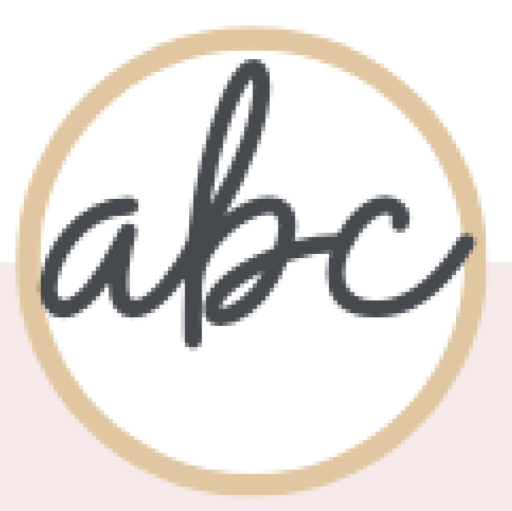How do teachers universally design assessments that empower students to express knowledge and skills in authentic, meaningful ways that drive future teaching and learning?
Imagine your classroom (or your school) filled with students who are genuinely excited to come to school each day, who look forward to learning new skills and concepts, who accept challenges, and who persevere through an ongoing process of refining their personalized projects that demonstrate their new learning. What if we could create learning environments where students never used the words ‘bored’ or ‘tired’, and you never experienced ‘disruptive’ or ‘defiant’ students.
I’ve got some great news for you! You can make this happen. You have everything you need to create this type of exhilarating learning community, where all learners feel successful and show growth over time.
I believe that the majority of children are eager to learn when things are of high interest to them personally, and when they feel like they will be successful. As facilitators of learning, our job is to find ways to present concepts in ways that are intriguing to the learners. We can reduce anxiety and increase confidence in risk-taking by providing clear exemplars of students’ work – so students know what the ultimate goal is and the different ways of getting there. When we can see where we’re headed, we are much more motivated to stay focused on achieving the goal.
When students know what is expected of them, are provided with choices, and believe their teacher is their #1 champion, the wonderful world of learning opens up for them. We can lean into students’ natural sense of curiosity to allow them to explore the world around them in ways that are meaningful to them. One of the many reasons I choose to work in education is to create the learning experience for kids that I didn’t have when I was growing up in the ’90’s. I knew there was a way to make learning more engaging and sticky than the drill-and-kill, pop-quiz, scantron testing, type of ‘learning’ that I was exposed to in school.
There is immense potential that universally designed assessment tools can have on improving instructional design and learning. The key to well-designed assessment tools is keeping focus on what the essential skills are that you are expecting students to be demonstrating. For example, being clear on a writing skill – spelling, grammar, handwriting, content, structure, etc. will dictate what items you list on your menu of options for demonstrating each skill. When students have the opportunity to choose how they apply their skills and knowledge in ways that are relevant to their real lives, they will be more engaged, motivated, and invested in their learning. By allowing students to utilize their strengths (ie creating videos, podcasts, graphic organizers, speaking/listening, performances, teaching, etc.) to create a product or presentation that shows what they know, they will be more inclined to take risks and show some areas of vulnerability (new learning).
Universally designing assessments means that we are removing barriers for students by providing a variety of ways for students to ‘show what they know’. There is pride in their work and excitement to take on achievable challenges that help create lasting, memorable, sticky learning. Learning solidifies when we can put skills into practice, explain our thinking, and teach others what we’ve learned.
When I was in my second year of teaching (back in 2012), I invited the 5th grade class to join my Kindergartners to participate in a collaborative Wiki project. I provided the context and scenario; all of the students were told they were ‘designers, engineers, and architects’ bidding to win a PTO project to upgrade our current school playground. Their mission was to research and brainstorm ways to improve our recess area, then design and build a prototype of what they would present to the PTO. I designed a website that led small groups and partners to explore a variety of materials at their own pace. We worked on these projects for about two months, and I was blown away to see the sustained focus and enthusiasm for these projects from all the kids. Groups chose how they wanted to present their projects to our PTO – some created videos, some wrote proposals, and some chose to present in person. Students applied a variety of skills throughout this project, connected with other students, and contributed to something that would benefit the greater community – now that’s some sticky learning!
Expression_AC_4_3_24 by Alison Celmer
